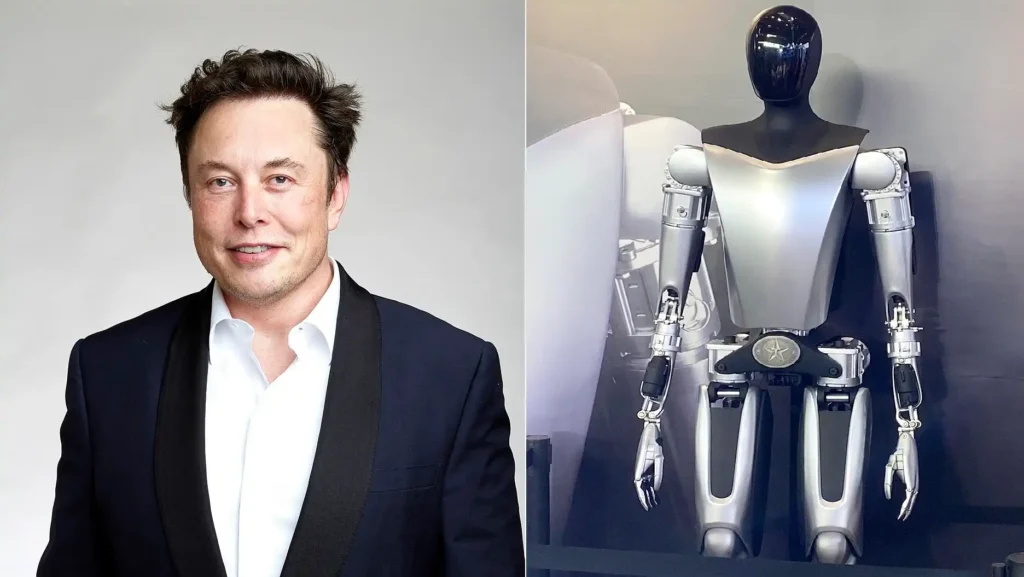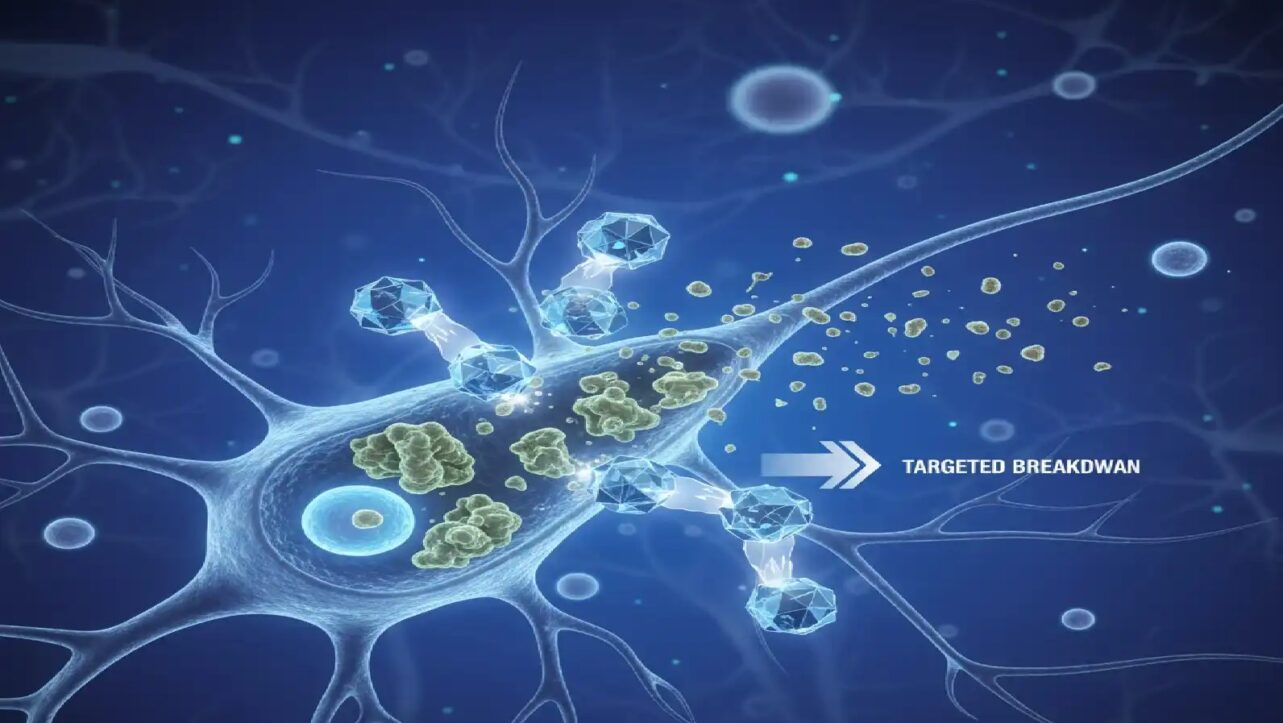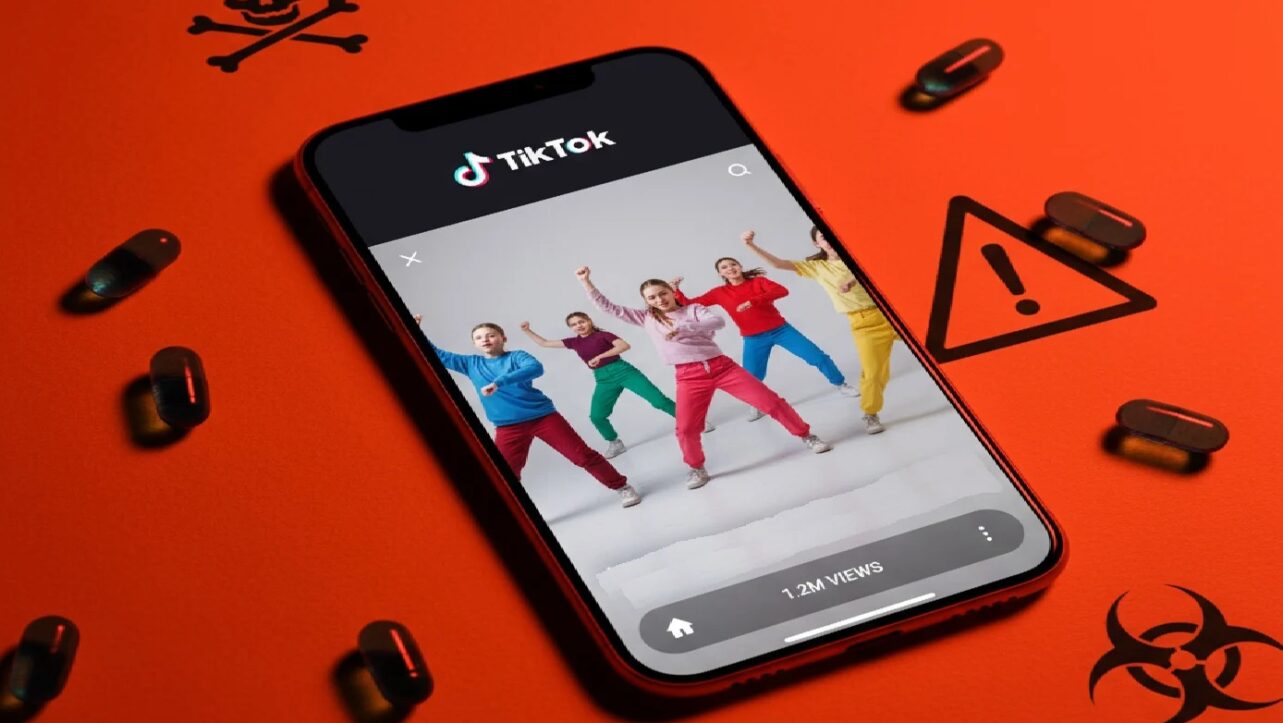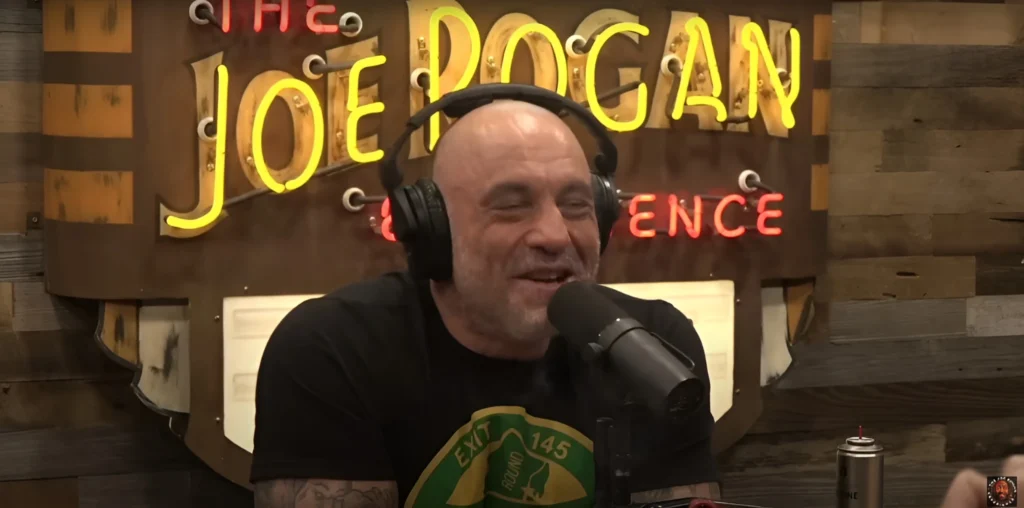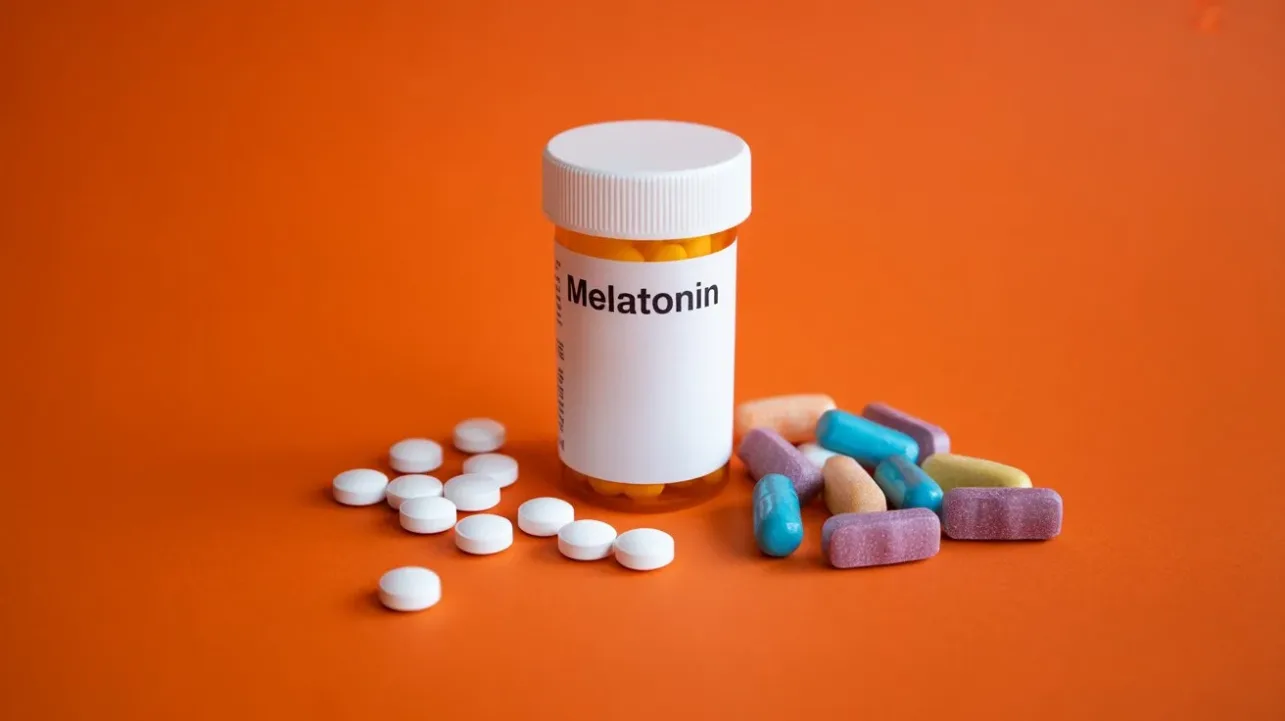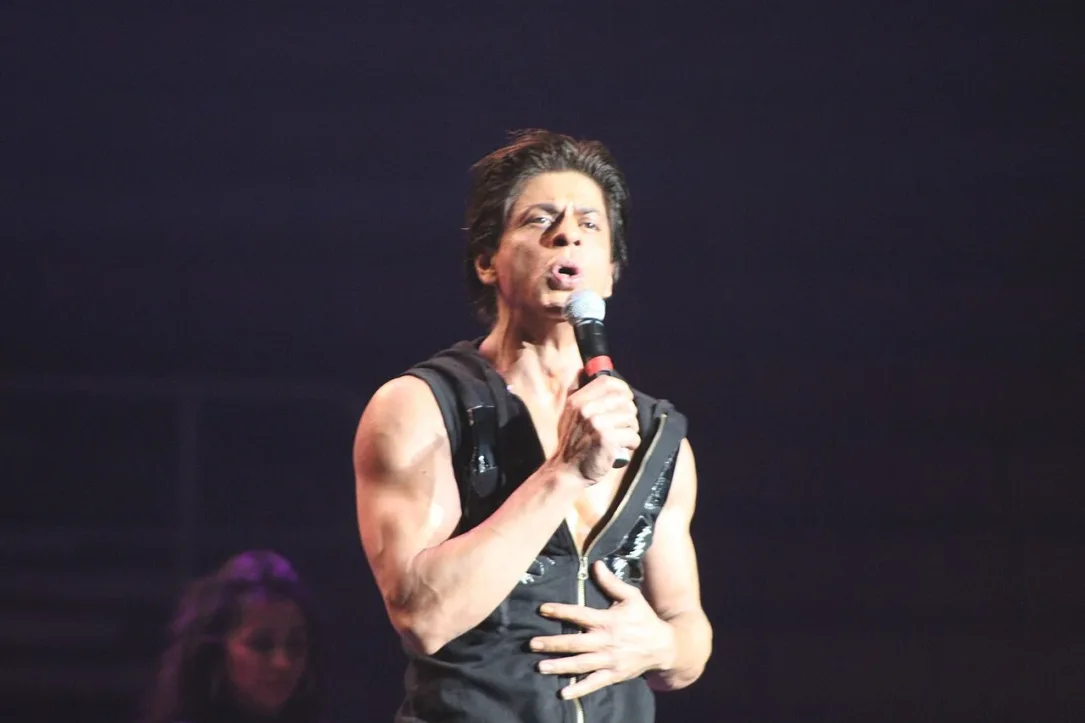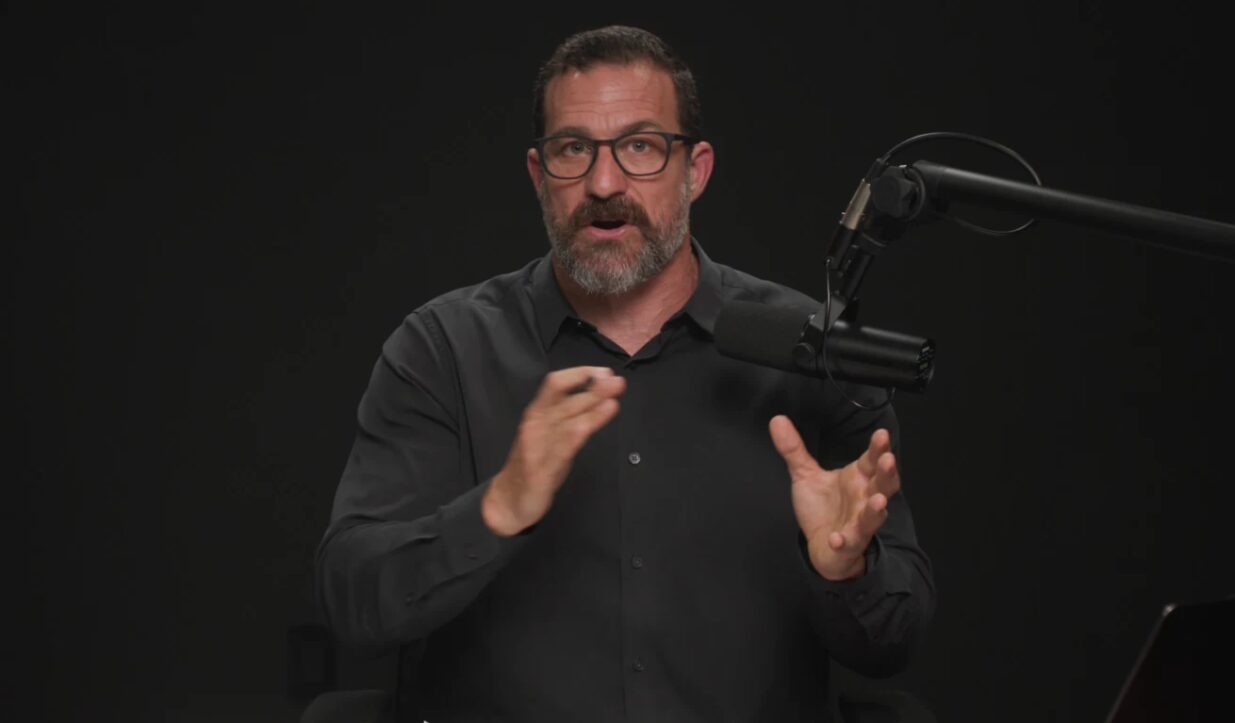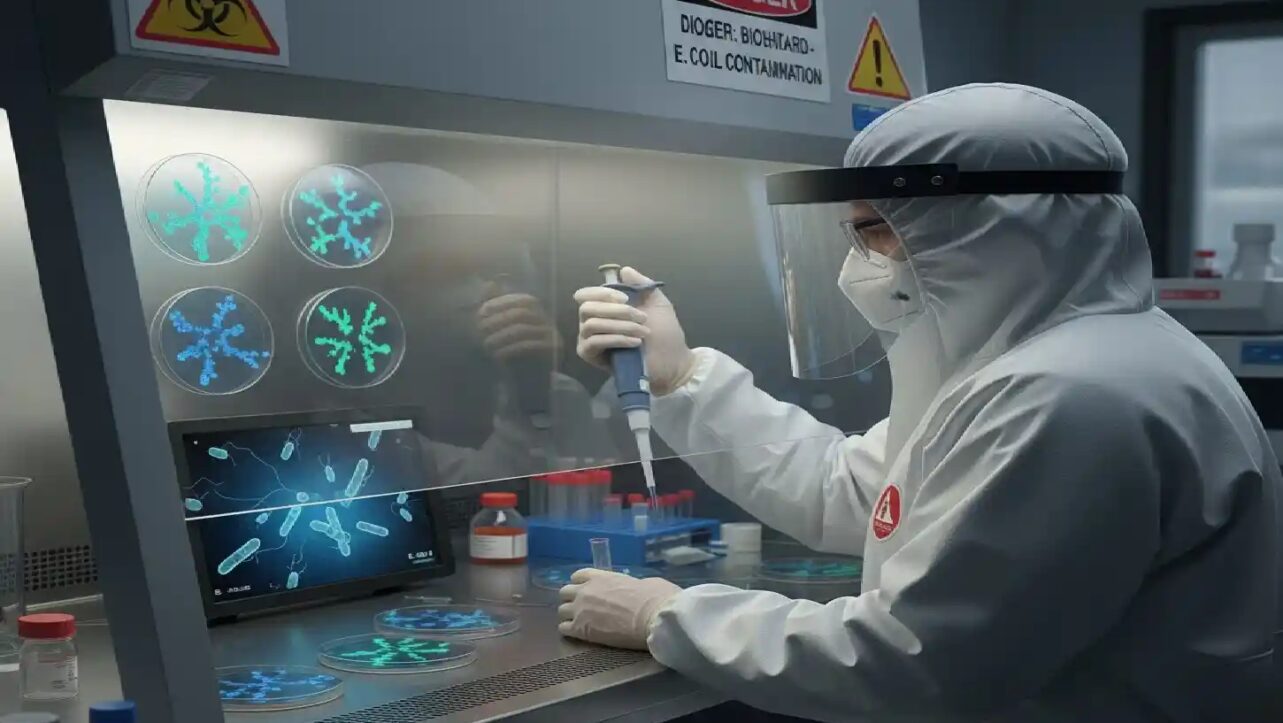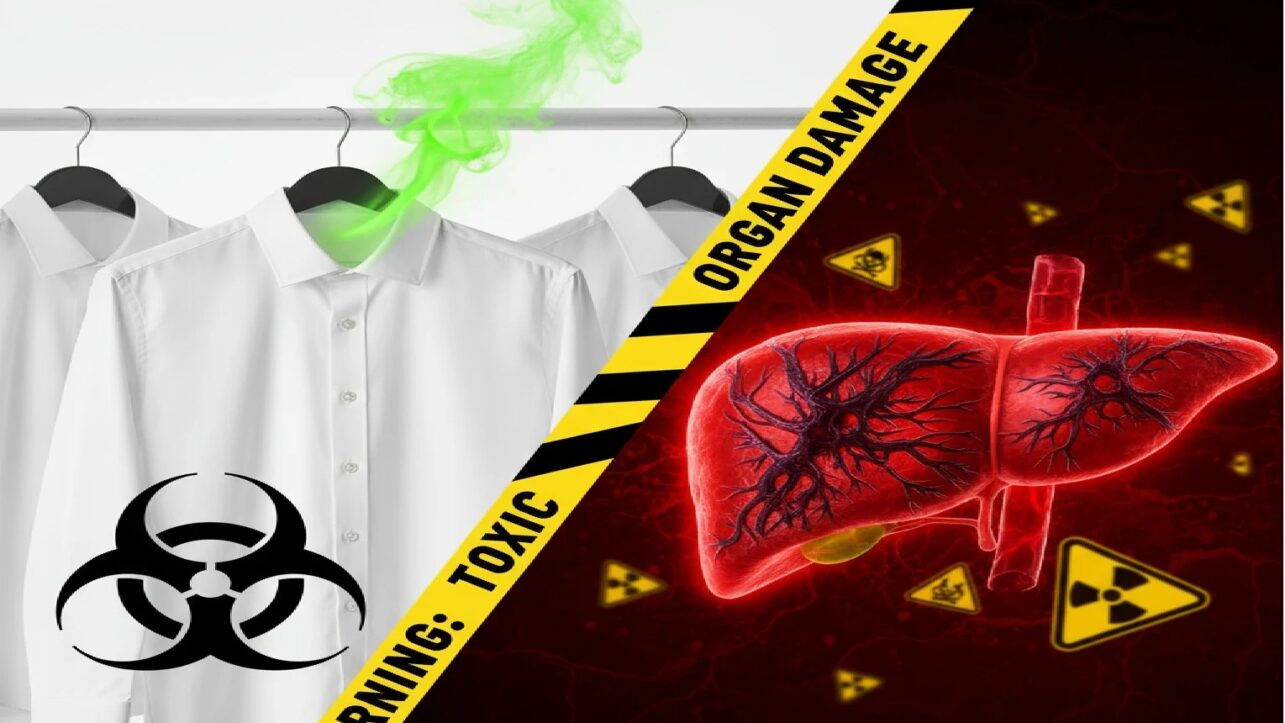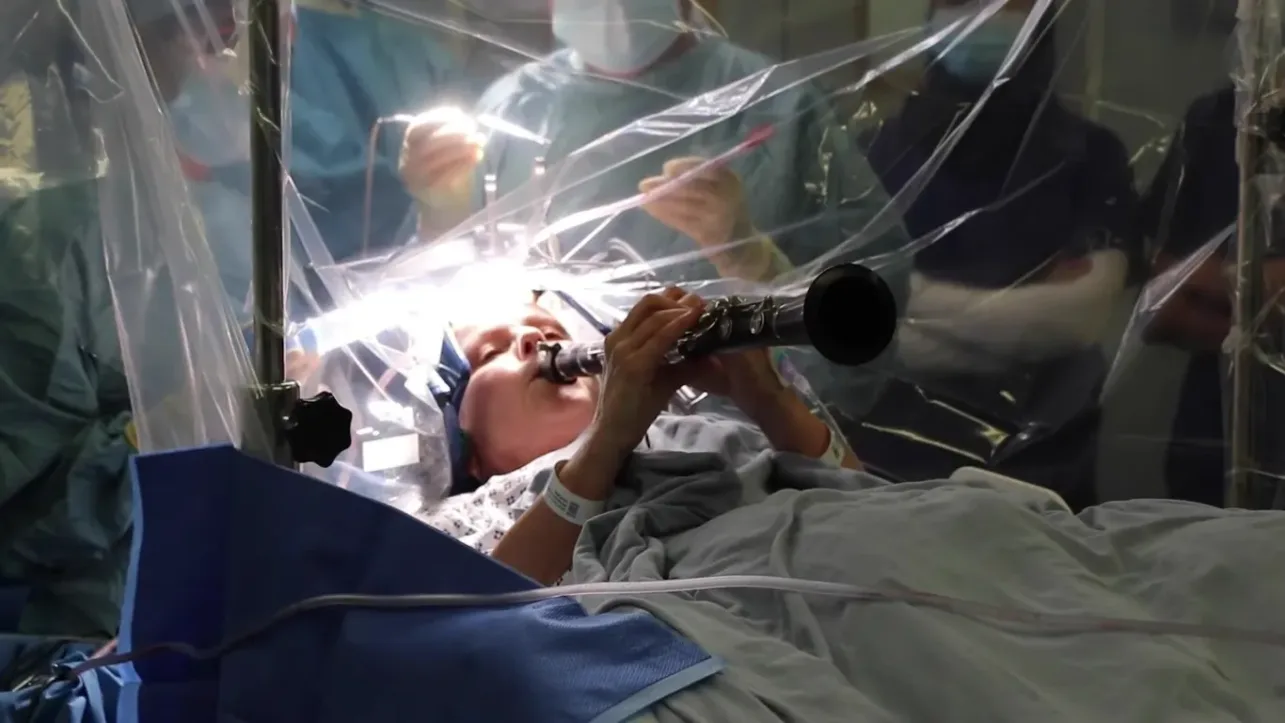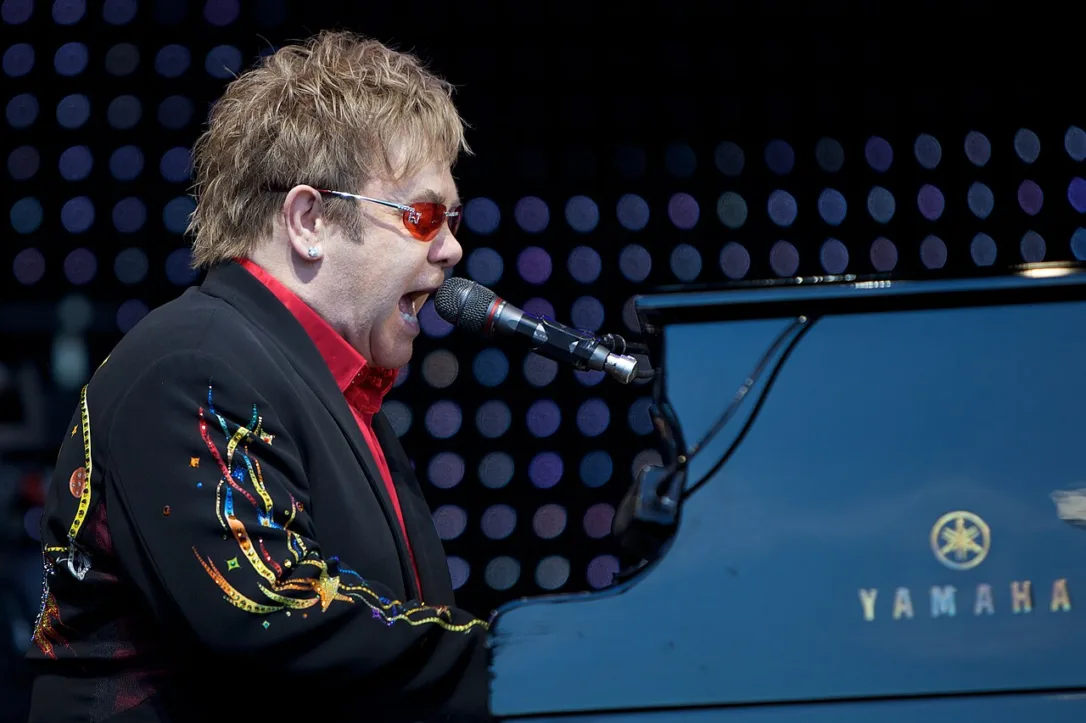Elon Musk’s recent announcement that Tesla’s Optimus humanoid robot will evolve into an “incredible surgeon” has reignited global interest in the role autonomous robots could play in revolutionizing healthcare. This vision not only underscores Tesla’s ambitious foray into robotics but also invites a deep look into how autonomous robots are transforming medical care, particularly surgical procedures, diagnostics, and patient management.
Tesla Bot: The Future of Autonomous Surgical Care
Speaking during Tesla’s Q3 2025 earnings call on 22 October, Musk laid out a compelling vision where Optimus robots will bridge the healthcare access gap by delivering advanced surgical care everywhere. He emphasized that these robots, equipped with Tesla’s cutting-edge AI, could perform surgeries with unprecedented precision and consistency, potentially surpassing the best human surgeons eventually. This advancement could democratize healthcare, offering high-quality medical procedures around the clock in underserved regions where expert surgeons are scarce.
Musk highlighted that Tesla doesn’t plan to rush the deployment but will ensure rigorous safety protocols and flawless operational standards before Optimus becomes active in medical environments. The promise of robots capable of operating with minimal human intervention could free healthcare professionals to focus on complex decision-making and patient care, while routine or precise surgical tasks might be delegated to these autonomous systems.
While Tesla has not yet demonstrated surgical capabilities for Optimus, recent public showcases include kung fu movements, egg handling, and slow popcorn serving—highlighting high level dexterity required to do complex tasks.
Broader Landscape of Autonomous Robots in Healthcare
Tesla’s ambitions align with a broader global trend in healthcare robotics that has been evolving over the past decade. Autonomous robots have increasingly been integrated into surgical theaters, primarily as assistive devices controlled by surgeons, such as the da Vinci Surgical System. These robots improve precision and minimize human error in complex surgeries. However, the leap to full autonomy—where robots execute procedures independently—is just beginning and considered the next frontier in medical robotics.
Research institutions and companies worldwide are exploring AI-powered surgical robots that can learn from vast datasets, adapt to unforeseen conditions, and provide real-time diagnostics. For instance, some experimental platforms are designed to autonomously identify cancerous tissues during operations, guide surgical instruments with micron-level precision, and facilitate minimally invasive procedures that reduce recovery times and hospital stays.
Tesla Optimus’ Edge: AI and Scalability
What distinguishes Tesla’s approach is the integration of its Full Self-Driving (FSD) AI technology into the humanoid robot, potentially accelerating the sophistication of autonomous healthcare robots. Tesla has decades of AI and sensor technology experience from its automotive projects that it plans to transfer to Optimus. This includes enabling the robot to understand and navigate dynamic environments, make split-second decisions, and perfect delicate tasks—essential abilities for surgery.
Additionally, Tesla aims for mass production scalability, targeting millions of units per year with the Optimus V3 model anticipated in early 2026. This contrasts with existing surgical robots, which are expensive and limited to high-end hospitals. By making robotic surgeons broadly available, Tesla could fundamentally shift how healthcare systems worldwide manage labor shortages and cost barriers.
Challenges and Ethical Considerations
Despite the excitement, numerous challenges remain. Ensuring surgical safety and efficacy is paramount; autonomous robots must navigate the complexities of human anatomy and medical emergencies without supervised input. Regulatory hurdles will be significant, requiring extensive clinical trials and certification. Furthermore, ethical questions arise around patient consent, accountability, and decision-making in robotic surgery.
There is also the societal impact to consider, including displacement concerns among healthcare workers and ensuring equitable access to this technology globally. Tesla and the wider medical robotics community will need to work closely with regulators, healthcare providers, and patients to build trust and safe deployment frameworks.
Economic and Social Impacts
If successfully implemented, the impact could be transformative. Autonomous surgical robots like Optimus could reduce surgery costs, enable more precise interventions with fewer complications, and provide critical services in remote or resource-poor areas. Musk sees Optimus as Tesla’s potentially “biggest product of all time,” with applications beyond healthcare, including caregiving, education, and general labor, driven by its ability to operate continuously and autonomously.
The healthcare sector could witness a profound shift—where robots handle repetitive or precision-dependent tasks while human clinicians concentrate on complex care, innovation, and empathetic patient interaction.
Key Takeaway
Elon Musk’s declaration about Tesla’s Optimus bot becoming an “incredible surgeon” is not simply a futuristic claim but part of a broader transformative wave in healthcare. Autonomous robots will gradually evolve from assistant roles into prospective independent operators, promising safer, more accessible, and cost-effective medical care globally. Tesla’s unique integration of automotive AI with humanoid robotics and mass production capacity positions it at the frontier of this revolution. However, clinical, ethical, and regulatory challenges must be carefully navigated to realize the full promise of autonomous surgical robots, ensuring they augment rather than disrupt the critical human elements of healthcare.
This new era of healthcare robotics could eventually shift global health outcomes, turning once complex surgeries into routine procedures conducted by tireless robotic surgeons available worldwide.

